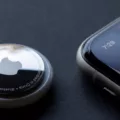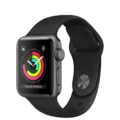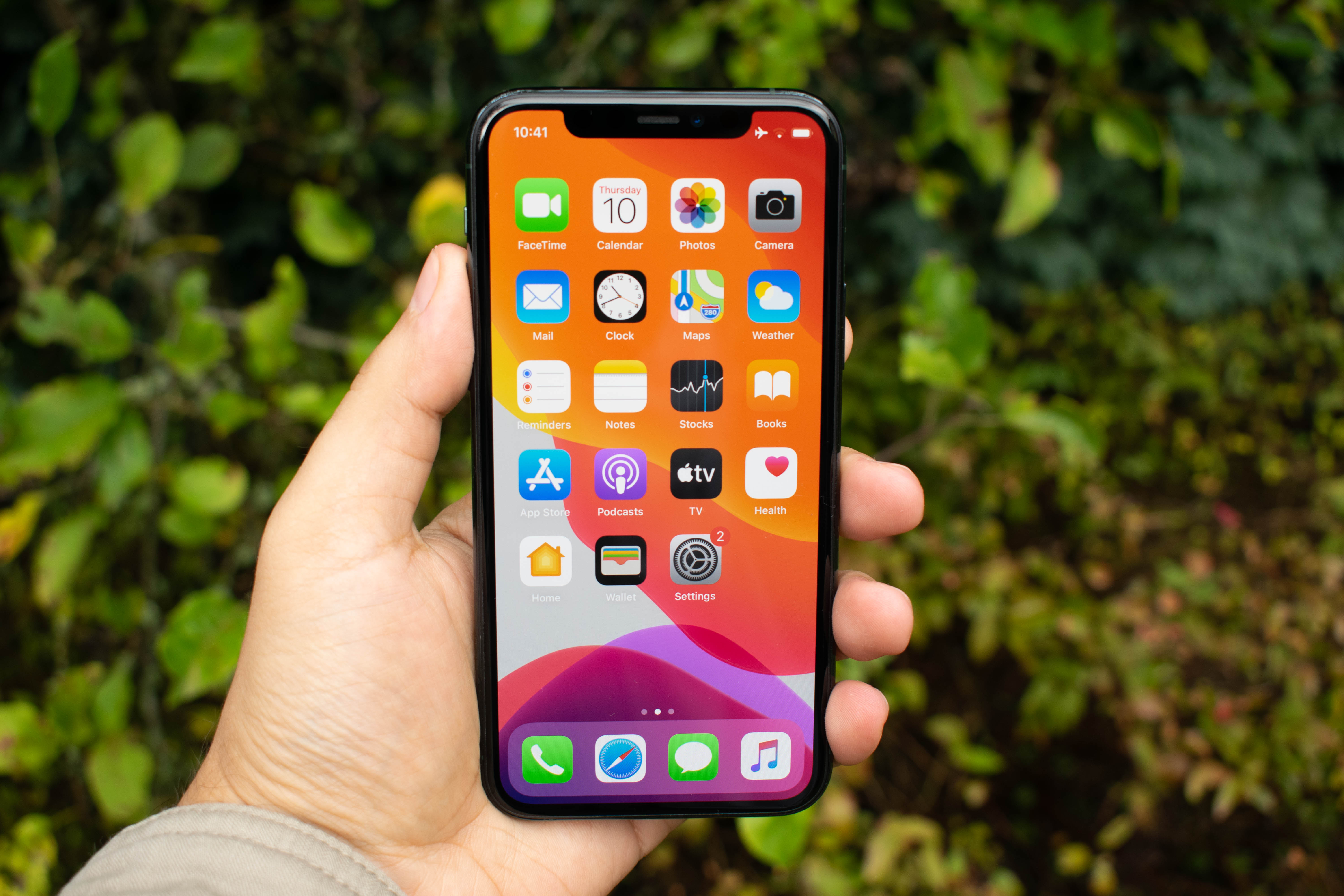Apple AirTags are the latest addition to Apple’s ecosystem of devices. These small, coin-shaped devices are designed to help you locate your belongings by attaching them to your keys, bags, or anything else you want to keep track of. But one question that frequently comes up is whether AirTags work without Wi-Fi. In this article, we will explore the answer to this question in detail.
Firstly, it is important to understand how AirTags work. AirTags uses Bluetooth to communicate with your iPhone. This means that you do not need an Internet connection for the AirTag to function. The AirTag uses the Find My app to locate your things, and it does this by communicating with your iPhone via Bluetooth.
However, for the best possible experience, you will need to turn on your Wi-Fi. This is because AirTags make use of other Apple devices in the Find My network to send the location of the AirTag to iCloud. When your iPhone is connected to Wi-Fi, it can communicate with other Apple devices in the network, which helps to improve the accuracy of the location data.
It is important to note that the range of AirTags maxes out at about 30 feet. This means that if your AirTag is more than 30 feet away from your iPhone, it will not be able to communicate with it. However, the range on AirTags is functionally infinite as long as there’s someone with an iPhone nearby. This is because AirTags can communicate with any iPhone that is within range, even if it does not belong to you. This helps to increase the chances of locating your lost item.
Another important thing to note is that AirTags themselves do not use cellular service. Instead, they make use of both Bluetooth and Ultra-Wideband technology to communicate with other Apple devices in the Find My network. This means that you do not need to worry about paying for a cellular plan for your AirTag.
In lost mode, every NFC-enabled cell phone, including Android smartphones, can read the owner’s contact information from the AirTag. This means that if someone finds your lost item, they can use their phone to contact you and return it to you. This feature helps to increase the chances of recovering your lost item.
AirTags do work without Wi-Fi. They use Bluetooth to communicate with your iPhone, and they can communicate with any iPhone that is within range, even if it does not belong to you. However, for the best possible experience, it is recommended that you turn on your Wi-Fi. This will help to improve the accuracy of the location data and increase the chances of recovering your lost item.

Can AirTags Function Without an Internet Connection?
AirTags can work without an Internet connection. The device mainly uses Bluetooth technology to communicate with your iPhone, so you don’t need an active Internet connection for it to function. However, for the best experience, it is recommended that you turn on your Wi-Fi because AirTag uses the Find My app to locate your things. Having Wi-Fi turned on will help improve the accuracy of the location tracking. although an Internet connection is not necessary for AirTags to work, it is recommended to have Wi-Fi turned on to optimize its performance.
Range of AirTags’ Functionality
AirTags have a maximum range of approximately 30 feet. However, unlike other Bluetooth devices, the range of AirTags is not limited to this distance. As long as there is someone with an iPhone nearby, the range of AirTags becomes functionally infinite. This is because AirTags use Apple’s Find My network, which is a vast network of devices that can detect the presence of AirTags and relay their location information to the owner’s iPhone. Therefore, the range of AirTags is not limited by the physical distance between the AirTag and the owner’s iPhone, but rather by the availability of other devices in the Find My network.
Do AirTags Require Cellular Service?
AirTags do not require cellular service to function. They rely on Bluetooth and Ultra-Wideband technology to communicate with nearby Apple devices, which then relay their location to iCloud. AirTags work with the Find My app on iPhones, iPads, and Macs, allowing users to track the location of their AirTags and the items they are attached to. Therefore, there is no need for cellular connectivity for AirTags to work properly.
Does AirTags Work Worldwide?
AirTags work anywhere as long as they are within Bluetooth range of an Apple device, such as an iPhone, iPad, or MacBook. The AirTag uses Bluetooth technology to communicate with nearby Apple devices and provide its location to the owner. Additionally, if the AirTag is lost and put into Lost Mode, any NFC-enabled device, including Android smartphones, can read the owner’s contact information from the AirTag and help the owner locate their device. However, it is important to note that the AirTag’s range is limited to Bluetooth range, so it may not work if it is too far away from an Apple device.
Conclusion
Apple AirTags is a game-changing technology that can help you locate your misplaced belongings effortlessly. The device uses Bluetooth and Ultra-Wideband technology to communicate with your iPhone and other Apple devices in the Find My network to send the location of the AirTag to iCloud. While it doesn’t require an internet connection to function, turning on your Wi-Fi will provide for a better user experience. The range of AirTags maxes out at about 30 feet, but the location can be tracked infinitely as long as there’s someone with an iPhone nearby. Moreover, the AirTag owner can locate their device by enabling lost mode, and every NFC-enabled cell phone, including Android smartphones, can read the owner’s contact information from the AirTag. However, it is essential to keep in mind that AirTags do not use cellular service, so losing your tagged belongings in the middle of nowhere may be challenging to locate. Apple AirTags is a reliable and innovative way to keep track of your valued items, making your life that much more convenient.








